Product Management News
Medium
193
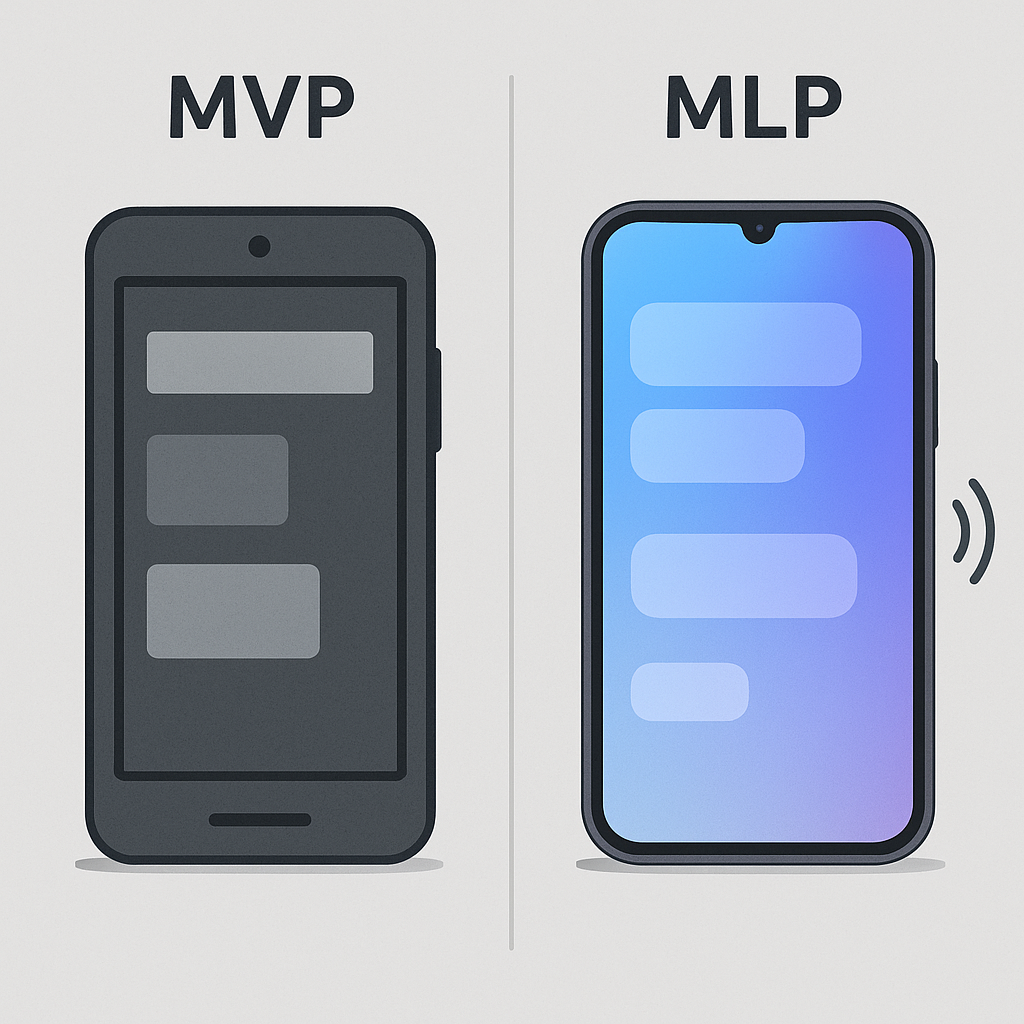
Image Credit: Medium
MVP vs MLP: Why a Minimum Viable Product Is Not Enough in 2025
- An MVP (Minimum Viable Product) was popularized by Eric Ries in The Lean Startup to test hypotheses quickly and affordably.
- Past MVP success was due to forgiving users, less digital market competition, and the emphasis on speed over product refinement.
- However, with changing landscapes, cheaper development costs, and higher user expectations, traditional MVPs can feel underwhelming in 2025.
- Factors like sky-high UX standards, saturated competition, accessible technology, and irreversible first impressions play a role in this shift.
- MLP (Minimum Lovable Product) is suggested for modern use cases in 2025 - focusing on solving key problems and evoking emotional connections to build loyalty.
- MLP aims to deliver quality in a slim package, prioritizing user love over basic functionality, setting it apart from traditional MVPs.
- While MVP tests if an idea can work, MLP ensures users will keep loving and using the product.
- MLP may require more upfront investment but can yield powerful returns by creating beloved products from the start.
- In 2025, success lies in creating lovable products from the outset, focusing on user care and emotional resonance.
- Building Minimum Lovable Products is essential in today's competitive market to inspire user loyalty and long-term success.
Read Full Article
11 Likes
Medium
52

Image Credit: Medium
The Designer’s Portfolio Bible: From Chaotic Folder to Dream Job Magnet
- The author shares personal experiences about their initial disastrous design portfolio and how they transformed their approach over five years.
- Emphasizes the importance of showcasing design work effectively to tell a story and secure job opportunities.
- Many designers make the mistake of treating their portfolios like museums, focusing on aesthetics rather than storytelling.
- Hiring managers typically spend only 7 seconds on a portfolio's homepage.
Read Full Article
3 Likes
Medium
30

PO-Stakeholder Collaboration Overview
- Stakeholders are individuals affected by or interested in a project or decision.
- They can include workers, customers, managers, or the local community.
- Stakeholders may help make decisions or be impacted by outcomes.
- As a PO, responsibilities include game design, gameplay mechanics, and level systems.
- POs are expected to design gameplay mechanics and progression.
- Building game systems, features, and tools falls under the PO's role.
- POs are expected to create visual assets, UI elements, animations, and art style.
- Ensuring the game is functional, bug-free, and enjoyable is a key responsibility of a PO.
- Producing music, sound effects, and feedback for the game is part of the PO's role.
- POs are responsible for funding, marketing, distribution, and the go-to-market strategy.
Read Full Article
1 Like
Medium
338

The Evolving Landscape of Cards and Payments Fraud in the UK
- UK Finance reported a 12% increase in fraud cases to 3.3 million in the past year, the highest on record.
- The total monetary value of reported fraud remained at £1.17 billion, indicating criminals are targeting more victims.
- Remote purchase fraud surged to its highest level with almost 2.6 million cases.
- Authorized Push Payment (APP) fraud decreased by 20% with just under 186,000 cases
- Despite fewer cases, the total amount lost to APP fraud only slightly decreased to £450 million.
- APP scams involving international payments significantly increased by nearly double in 2024.
- Fraud tactics like fake sales websites, malicious app scams, 'ghost taps,' and AI-driven identity fraud are gaining traction in the UK and Europe.
- Efforts to combat fraud include a mandatory reimbursement scheme for APP fraud victims in the UK.
- Individuals are advised to be cautious of unsolicited requests, verify payments, protect passcodes, and use strong passwords.
- Financial institutions should strengthen international payment controls, invest in advanced fraud detection, enhance customer education, and collaborate across the industry.
- Continuous vigilance, education, and collaboration are essential in the ongoing battle against cards and payments fraud.
- Understanding the evolving fraud landscape and implementing robust prevention measures are crucial for a safer financial environment.
Read Full Article
20 Likes
Discover more
- Programming News
- Software News
- Web Design
- Devops News
- Open Source News
- Databases
- Cloud News
- Operating Systems News
- Agile Methodology News
- Computer Engineering
- Startup News
- Cryptocurrency News
- Technology News
- Blockchain News
- Data Science News
- AR News
- Apple News
- Cyber Security News
- Leadership News
- Gaming News
- Automobiles News
Medium
101
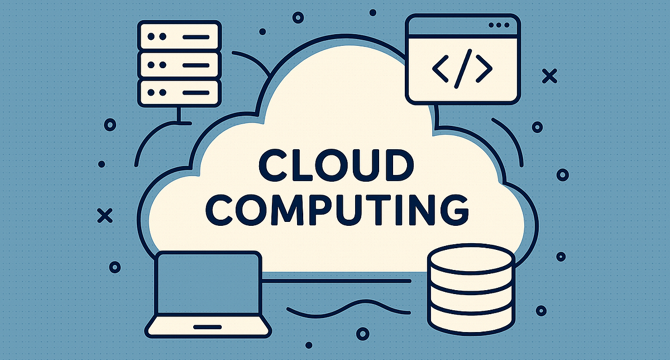
Image Credit: Medium
Cloud Computing Basics Every Product Manager Should Know
- Cloud computing basics are essential for product managers to ask the right questions, make informed decisions, and communicate effectively with tech teams.
- Cloud computing involves using remote servers over the internet provided by companies like Amazon Web Services (AWS), Microsoft Azure, and Google Cloud to store, manage, and process data.
- The three core cloud computing models are Infrastructure as a Service (IaaS), Platform as a Service (PaaS), and Software as a Service (SaaS).
- Cloud platforms offer speed, scalability, and cost control allowing faster product launches, scaling based on usage, and pay-as-you-go pricing.
- Global reach is facilitated by deploying services in data centers worldwide with low latency using cloud computing.
- Understanding APIs is crucial as they enable product integration and dictate technical limitations within cloud services.
- Containers bundle applications and dependencies for reliable operation, while Kubernetes assists in managing these containers at scale.
- Product managers should be aware of security, compliance, and data privacy responsibilities despite cloud providers offering a secure base.
- Continuous Integration/Continuous Deployment (CI/CD) automation allows faster code testing and deployment for smoother releases.
- Product managers don't need to be highly technical about cloud computing but should grasp its essentials to communicate effectively with engineers and shape product strategy confidently.
- Cloud computing is not just infrastructure but a powerful tool in a product manager's arsenal when used wisely.
Read Full Article
6 Likes
Medium
198
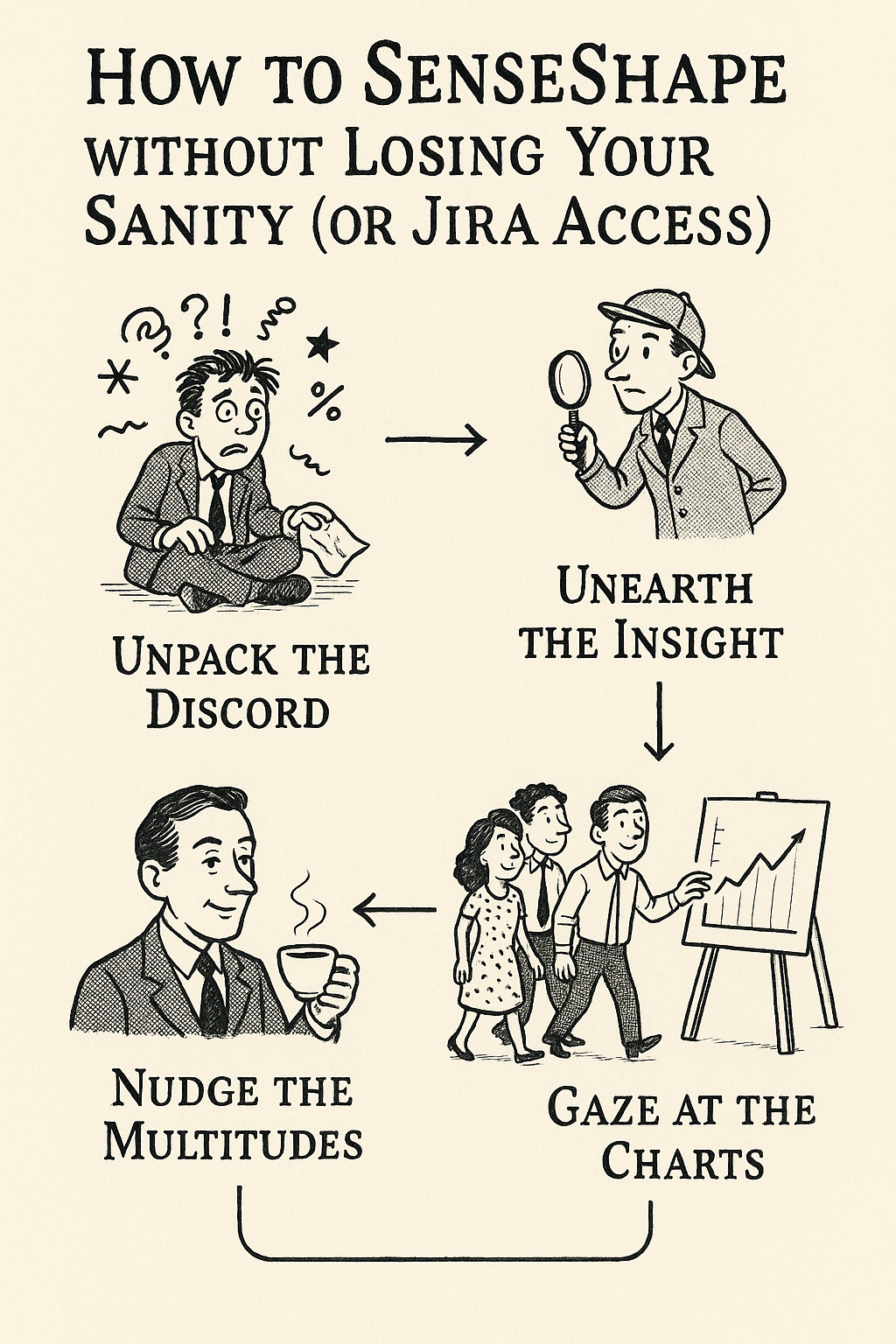
Image Credit: Medium
The Curious Case of the Indian Product Manager: From Bureaucrat to Sense-Shaper in the Age of AI
- In India, the role of Product Managers has evolved significantly, transitioning from Project Managers to Sense-Shapers focused on user needs and disruption.
- Aspiring individuals from various backgrounds were drawn to Product Management for its strategic value and versatility.
- Product Managers became crucial in tech companies, handling diverse tasks from design to debugging and managing stakeholders.
- However, with the rise of AI tools and automation, the relevance of Product Managers has been questioned in some circles.
- AI can handle tasks like competitive analysis and generating specs, but it lacks the human touch and sense-shaping capabilities of a skilled PM.
- The future of Product Management lies in combining AI automation with human-driven critical thinking, creativity, and a focus on meaningful impact.
- Senseshaping, the art of aligning diverse perspectives into a coherent product vision, is highlighted as a key skill for 21st-century PMs.
- Product Managers need to move beyond mere metrics and embrace the aspects of critical thinking, social responsibility, and senseshaping.
- Real-world examples from companies like Swiggy and Airbnb demonstrate the importance of sense-shaping in navigating conflicting interests and driving successful product strategies.
- SenseShaping involves social intelligence and emotional nuance, qualities that AI currently struggles to replicate effectively.
- Ultimately, Product Managers play a unique role in creating shared visions, harmonizing diverse inputs, and driving product success through human-centered approaches.
Read Full Article
11 Likes
Medium
281

Image Credit: Medium
What Infinite Scroll Reveals About Modern Product Thinking
- Infinite scroll was created in 2006 by Aza Raskin and has become a powerful tool for keeping users engaged.
- It leverages the concept of variable rewards to entice users, similar to the mechanism behind slot machines.
- The uncertainty of what content you may discover next on platforms like Instagram's Explore Feed keeps users scrolling.
- Infinite scroll keeps the brain constantly searching for something new, eliminating decision points and providing an illusion of control.
- It is a behavioral design strategy rather than just a UX feature, designed to optimize user engagement.
- While breaking the infinite scroll loop is possible by adding natural stopping cues, many platforms hesitate to implement these as it reduces time spent on the site.
- Developers and designers face a dilemma in balancing user engagement with ethical design practices when implementing features like infinite scroll.
- Infinite scroll subtly encourages users to keep scrolling with the promise of 'just one more,' leading to extended screen time and potential addictive behavior.
Read Full Article
16 Likes
Medium
330

What I’ve Been Up To Recently
- Sandy has developed Playbooks, a system for creating custom business automation through natural conversation.
- The concept involves describing frustrating work processes to design complete automation solutions without writing code.
- Playbooks goes beyond connecting APIs or creating dashboards by offering analysis with insights and recommendations.
- The system consists of a Creator that designs the solution based on conversations and a Runner that executes it.
- LLMs handle analysis efficiently, while the system generates code for data manipulation.
- The project is still a proof-of-concept with room for development before being market-ready.
- Sandy is considering next steps to move the prototype towards a production-ready product.
- Opportunities for collaborations or feedback on advancing the AI automation system are welcomed.
- Sandy highlights the rapid evolution in the AI automation space and expresses interest in engaging with others.
- Sandy invites discussions on AI automation challenges and the possibilities of such tools in business environments.
Read Full Article
19 Likes
Medium
464
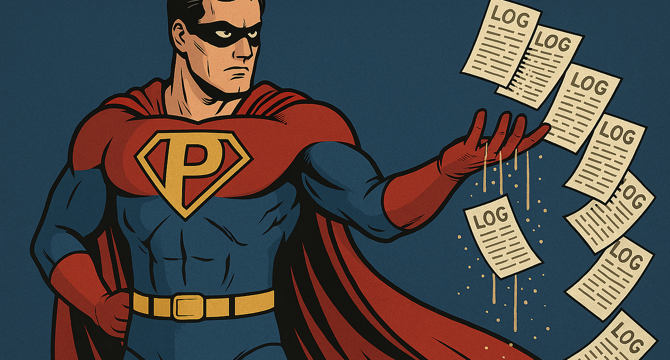
Image Credit: Medium
You don’t need more features. You need better logs.
- Product managers sometimes treat engineers as mere extensions of their roadmap spreadsheet due to market pressure and constant demands for updates.
- Collisions between the push for rapid development and a team lacking the courage to address being 'flying blind' can lead to operational chaos.
- Stopping development often feels like a failure to many product managers as it implies less data, iteration, and fewer chances to showcase progress.
- The problem is not about good or bad product managers but rather the overlooking of the critical aspects like logs, metrics, and observability by some brilliant PMs.
Read Full Article
21 Likes
Medium
48

Optimizing the Blood Transfusion Supply Chain: From Donation to Delivery
- Blood supply chain is crucial for patient survival during surgeries, trauma, childbirth, or pandemics.
- Current blood supply chains often rely on outdated systems, necessitating urgent transformation.
- Unique constraints of the blood supply chain include short shelf life, cold chain logistics, and unpredictable demand.
- Regulatory guidelines from FDA, AABB, and WHO add complexity to blood supply operations.
- Blood supply chain involves donation collection, testing, processing, storage, distribution, transfusion, and monitoring.
- Challenges include high wastage rates, emergency shortages, cold chain breaches, data fragmentation, and lack of real-time tracking.
- Improvements require central coordination, inventory best practices, policy alignment, and staff training.
- Key performance indicators to measure blood supply chain effectiveness include wastage rate, lead time, stockout rate, temperature incidents, fill rate, and transfusion error rate.
- Addressing these indicators can lead to faster decisions and operational enhancements.
- Blood transfusion supply chain management is paramount for patient care and demands proactive leadership and collaboration.
- By enhancing coordination, policies, and collaboration, hospitals and blood banks can create truly life-saving supply chains.
Read Full Article
2 Likes
Medium
13
Image Credit: Medium
The Only First & Last Principle of Product Management You’ll Ever Need!
- Product managers often get caught up in various frameworks and methodologies, but the key principle they need to master is starting with the problem, not the solution.
- Starting with the problem ensures products are built based on real user needs rather than assumptions or preferences.
- The author shares an anecdote from a fintech startup where failure was averted by asking a simple question: 'Have you actually talked to users about this problem?'
- The 'Problem-First Process' involves spending significant time understanding the user's perspective, their current solutions, and what would drive them to change.
- Effective product managers prioritize problem-solution fit over falling in love with their initial ideas or assuming their problem is universal.
- By focusing on real problems and continuously testing solutions with users, product managers can create clearer roadmaps, cohesive teams, and metrics that truly measure success.
- The last principle of product management is always coming back to solving real problems for real people, serving as a guiding light amidst complexity and confusion.
- An example is provided where opting for a simpler solution based on user feedback led to a significant increase in user satisfaction scores.
- Implementing problem-first thinking involves scheduling regular user conversations, framing discussions around user struggles, and measuring success based on problem-solving effectiveness.
- Ultimately, successful products result from understanding and solving real problems, emphasizing the importance of focusing on the problem over the solution.
Read Full Article
Like
Medium
145
Image Credit: Medium
I Tried a Sprint Planning Session Without a Team — Here’s What I Learned
- An individual attempted a sprint planning session based on Agile principles for personal projects without a team.
- The individual took on various roles like product manager, developer, designer, and user in the absence of team members.
- Despite setting clear deliverables for a two-week sprint, the individual faced overwhelm and struggled with the workload and decision fatigue.
- The isolation of working alone and dealing with tasks without collaboration proved challenging, leading to procrastination and distraction.
- The experience provided insight into the importance of collaboration in project management and highlighted the value of teamwork.
- The individual concluded that solo sprint planning is not recommended due to the challenges faced, particularly for those prone to overwhelm.
- Learning from the experience, the individual emphasized the need for collaboration and external accountability in project management.
- The individual expressed newfound empathy for real teams working on projects and the difficulties they encounter.
- The solo sprint planning experience led to a better understanding of the value of teamwork and the challenges of working in isolation.
- Personal reflection after the attempt made the individual realize the limitations of tackling tasks alone.
- The individual shared their struggles with workload, decision-making, and the impact of working in isolation.
- Discovering the significance of collaboration, the individual emphasized the benefits and learning opportunities of teamwork.
- The solo sprint planning experience highlighted the importance of external perspectives and sharing the burden in project management.
- The individual acknowledged the shortcomings of working solo and the difficulties in managing tasks independently.
- Overall, the individual advised against solo sprint planning, suggesting it is not conducive to productivity and may lead to overwhelm.
- The individual's self-realization during the solo sprint planning emphasized the challenges and limitations of working without a team.
- The importance of collaboration and teamwork was underscored through the individual's experience with solo sprint planning.
Read Full Article
8 Likes
Medium
140
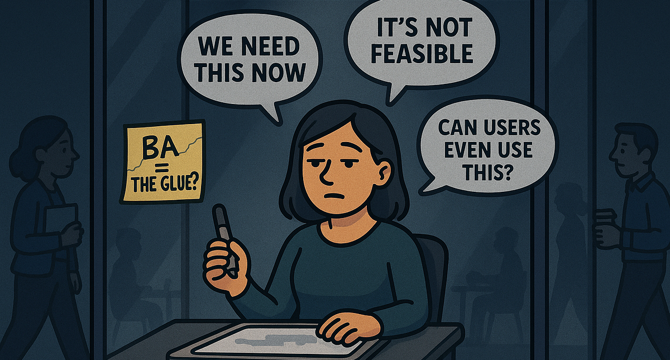
Image Credit: Medium
The Moment I Realized Being a BA Was Slowly Breaking Me
- Being a BA involves managing egos, priorities, and stress beyond requirements gathering.
- It is about emotional management and conflict resolution to prevent chaos.
- Understanding the underlying emotions behind conflicts is crucial for accountability.
- Escalation is not a failure but a demonstration of boundary strength and role clarity.
- Effective communication and transparency help in managing expectations and building a reputation.
- Weekly updates, risk logs, and decision memos contribute to maintaining project cohesion.
- This emotional cleanup aspect goes beyond standard training but is vital for success.
- Tackling conflicts and uncertainties requires going beneath the surface to address feelings and fears.
- Taking accountability and ensuring clear decision-making processes are key to preventing breakdowns.
- The article emphasizes the importance of emotional intelligence in the role of a BA.
Read Full Article
8 Likes
Medium
79

Image Credit: Medium
Agile Beyond the Boardroom: How We Built a Pooja Mandir with a Product Mindset
- Agile principles were applied to building a handcrafted Pooja Mandir in a friend's garage by a technologist.
- The project started as a casual idea and evolved into a full-fledged Agile-style build process.
- Ideas were noted down, features prioritized, and planning done meticulously for the mandir construction.
- Logistics, budgeting, and future upgrades were considered during the construction phase.
- The planning phase was crucial for shaping the vision, aligning purposes, and making trade-offs.
- A spontaneous idea of adding smart RGB lighting was embraced, showcasing the value of innovation.
- Regular check-ins, discussions, and iterative decision-making were integral to the collaborative build process.
- A final walkthrough was done to ensure quality and features were in place before delivery.
- Both mandirs were completed on time and delivered safely, emphasizing the meaningful outcome of the collaborative project.
Read Full Article
4 Likes
Medium
52
Image Credit: Medium
Ship It, Don’t Shipwreck It: An Evaluation-First Playbook for AI Products
- The playbook emphasizes the importance of proper evaluation before shipping AI products to avoid failures.
- Real-life examples highlight the significance of choosing the right metrics for AI projects.
- One case study involved detecting lung tumors in CT scans, emphasizing the need for accurate recall rates in model evaluation.
- Another example focused on predicting vehicle trajectories on highways, showing the importance of testing models in real scenarios beyond just accuracy.
- Success in AI development requires an evaluation-first mindset, treating assessment as a debugger for AI models and iterating to improve performance continuously.
- Teams should prioritize thorough testing and iteration to ensure AI products can fail safely, recover gracefully, and progress over time.
Read Full Article
2 Likes
For uninterrupted reading, download the app